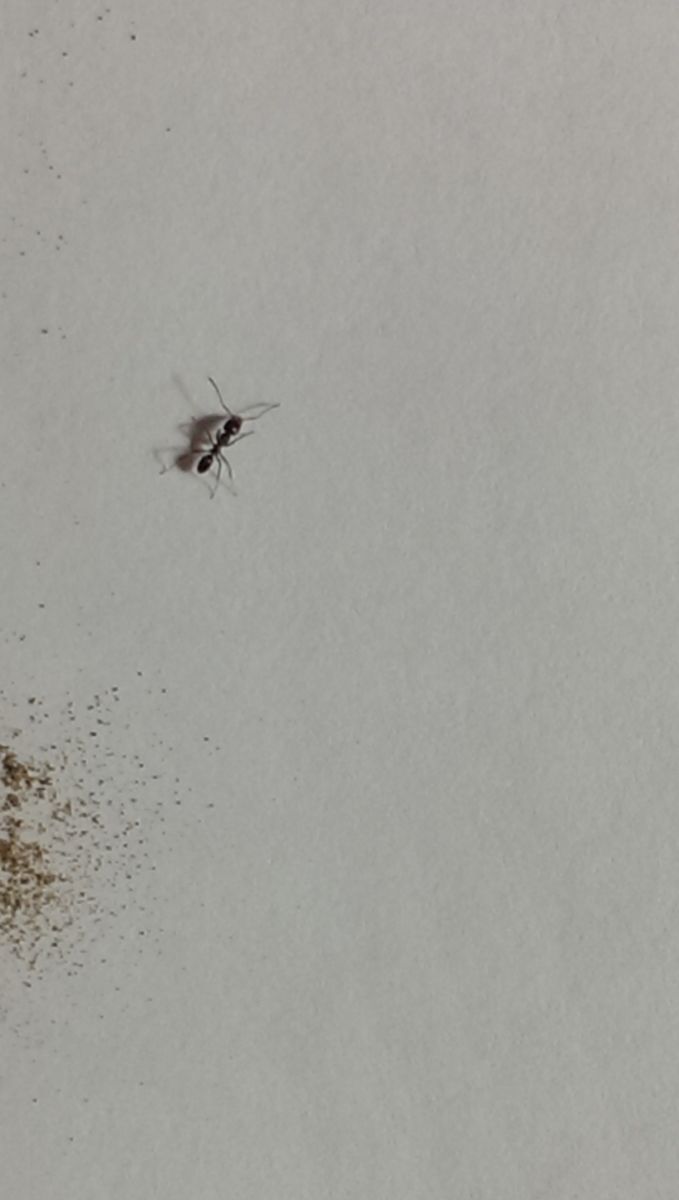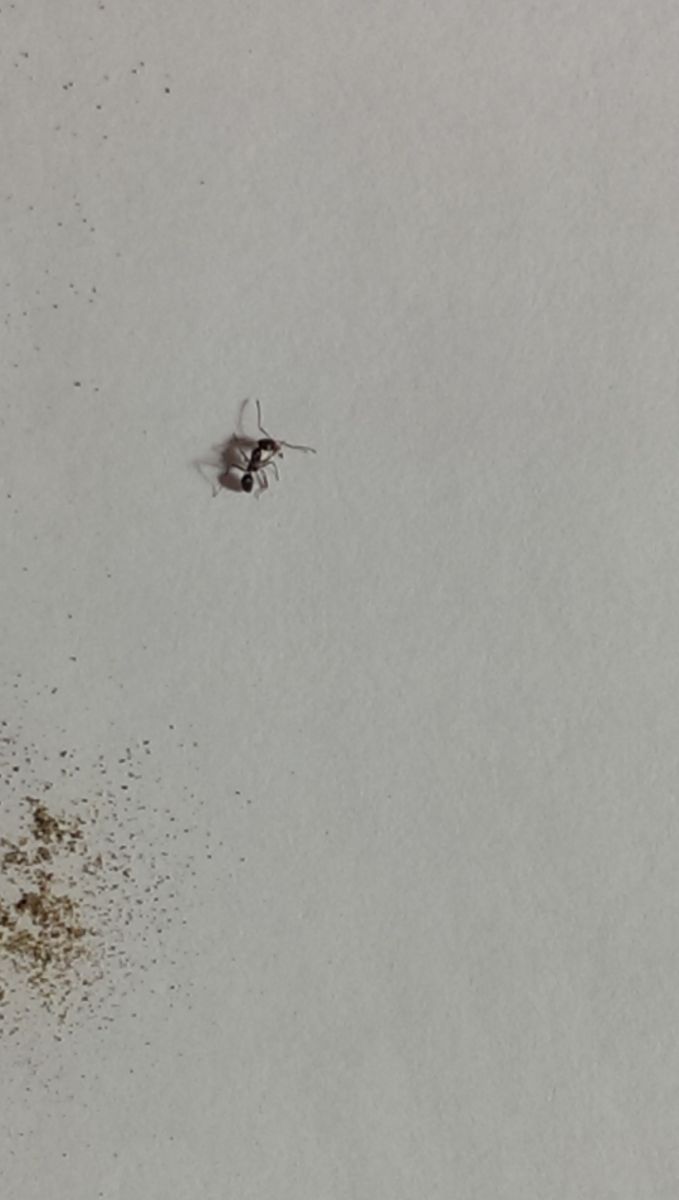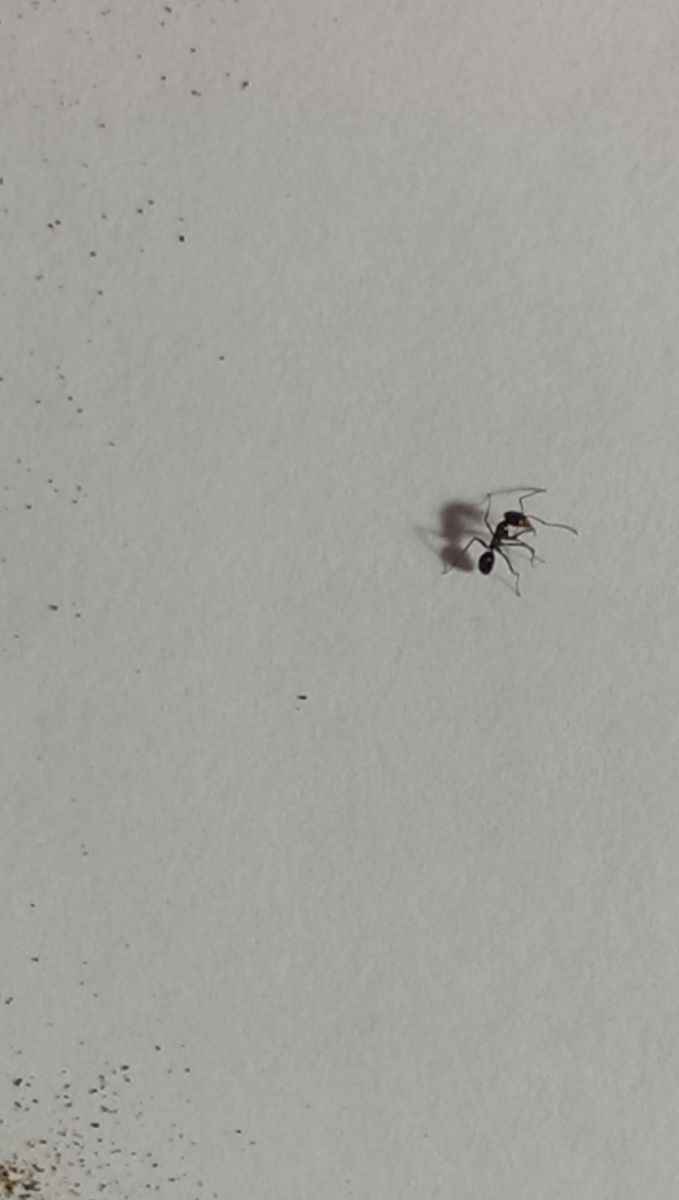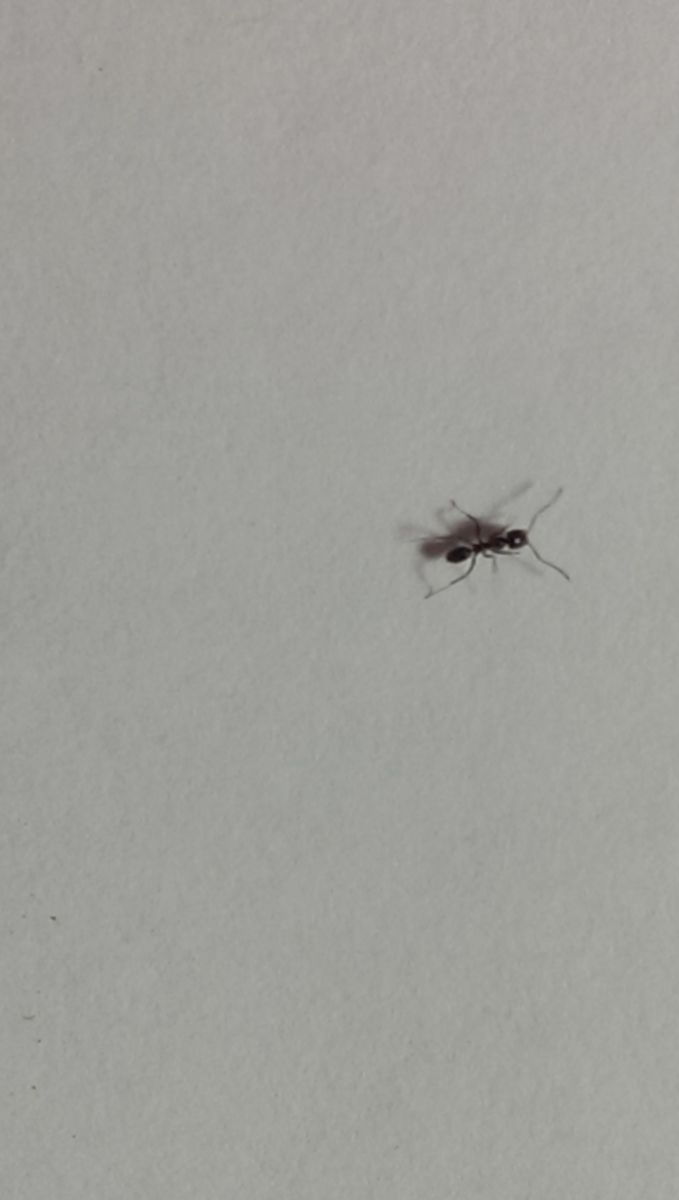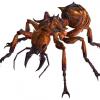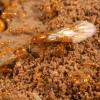My comment above was an oblique hint to Foogoo to edit the title. Now a direct hint. 
Is it that there is no such thing as a black Solenopsis? S. invicta almost look black sometimes.
Either way, it would be best if once an ant has been identified, the title at least be changed to contain the correct species. It helps people out a lot when they're searching for answers. Location as well.
Well Dorymyrmex sp. anyway.
I totally get that. I recently found what I thought was D. bicolor, but after getting her workers, I can see it's definitely (Edit: after looking again, maybe not definitely  ) not D. bicolor. The workers actually look like some other "D. insanus" I've seen before. There's clearly a few different species there.
) not D. bicolor. The workers actually look like some other "D. insanus" I've seen before. There's clearly a few different species there.
Edited by dspdrew, December 1 2014 - 6:55 AM.
